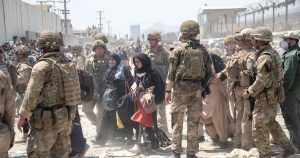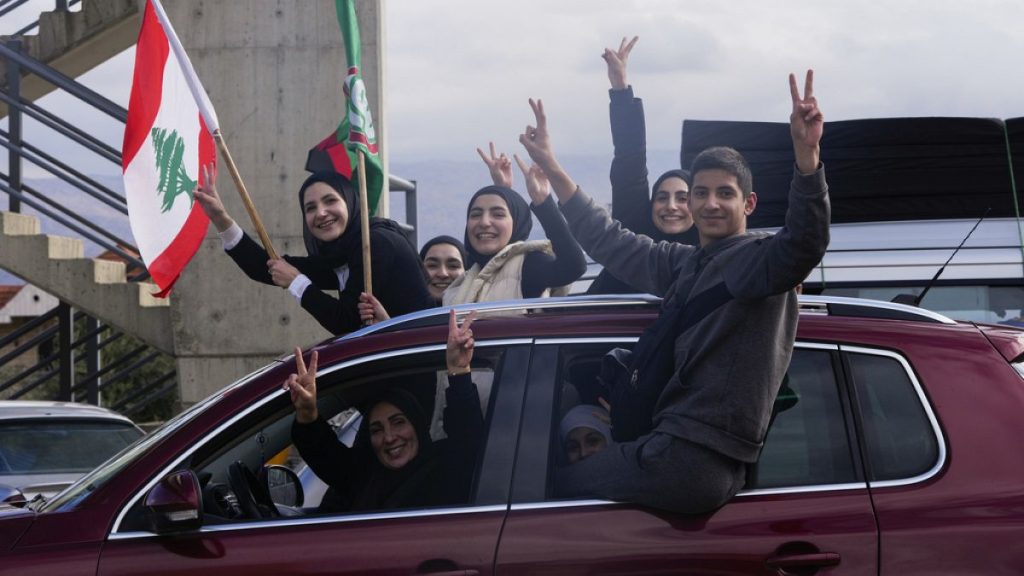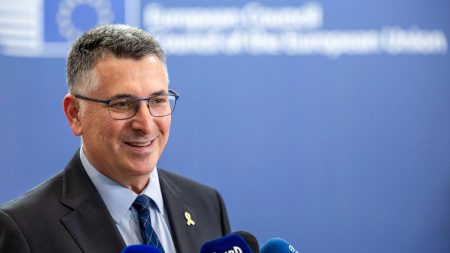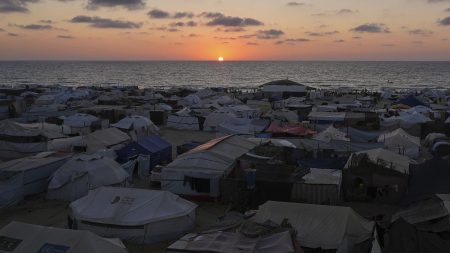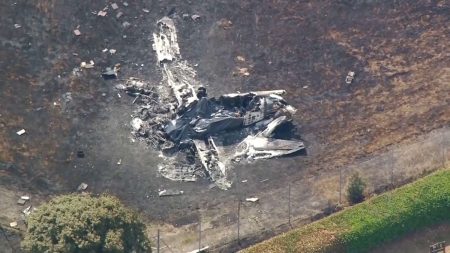The ongoing conflict between Israel and Hezbollah has resulted in devastating casualties, with Lebanese officials reporting over 3,700 fatalities, many of whom are civilians, while Israel has seen more than 130 deaths. Amidst this violence, a fragile ceasefire reached, which may pave the way for renewed peace efforts in the region. With the agreement brokered by the United States and France, long-displaced residents of southern Lebanon have begun returning to their homes, signaling a glimmer of hope for stability following months of conflict. The ceasefire, effective immediately, stipulates a two-month halt to hostilities and demands the withdrawal of Israeli troops to their side of the border, while Hezbollah must cease its armed presence in southern Lebanon.
France’s involvement in negotiating the ceasefire showcases its historical ties with Lebanon, which were emphasized by French Foreign Minister Jean-Noel Barrot. He noted the pivotal role France played in the negotiations, asserting that reaching such an agreement would not have been feasible without its close relationship with Lebanon. Concurrently, the UK has expressed support for the ceasefire through Prime Minister Keir Starmer who described it as overdue and a potential starting point for broader peace discussions in the region. Starmer underscored the need to nurture this diplomatic breakthrough to foster trust and alleviate rising tensions further, highlighting the critical role of international diplomacy in resolving conflicts.
While the ceasefire between Israel and Hezbollah marks a significant achievement, the situation in Gaza remains precarious. The ongoing conflict that erupted with an attack by Hamas in October 2023 has resulted in severe casualties and has left numerous issues unresolved. The ceasefire has implications not only for Israel and Hezbollah but also for Hamas, which may find itself isolated without further support from its Lebanese ally. This adds a layer of complexity to an already volatile regional landscape, as the ceasefire may be a double-edged sword that alters dynamics across multiple fronts of the conflict.
US President Joe Biden is pushing for a similar ceasefire in Gaza, indicating his administration’s desire to facilitate a broader resolution to the conflict. Biden’s outreach on social media suggests discussions about releasing hostages and ending the violence without Hamas remaining in power. His commitment to negotiate a comprehensive ceasefire highlights the urgency of addressing the humanitarian crisis stemming from the ongoing military actions in the region, particularly as casualties continue to mount and escalating tensions could easily reignite violence.
Although the Israel-Hezbollah ceasefire is a welcome respite for many, there are concerns about the long-term sustainability of peace in southern Lebanon. Israeli officials have stressed a firm stance against any violation of the agreement, pledging to respond forcefully to any provocations from Hezbollah. This underscores the fragile nature of the ceasefire, as any breach could lead to immediate reprisal actions, potentially reigniting the cycle of violence that has already displaced over 1.2 million Lebanese.
In summary, while the ceasefire between Israel and Hezbollah offers temporary relief to a region beleaguered by conflict, the broader geopolitical implications and ongoing violence in Gaza pose significant challenges. Diplomatic efforts led by key players, including the US and France, are crucial in maintaining the ceasefire and potentially transitioning toward more comprehensive peace negotiations. As the situation continues to evolve, the international community must remain vigilant and proactive in addressing the humanitarian repercussions and fostering lasting stability in the region.

